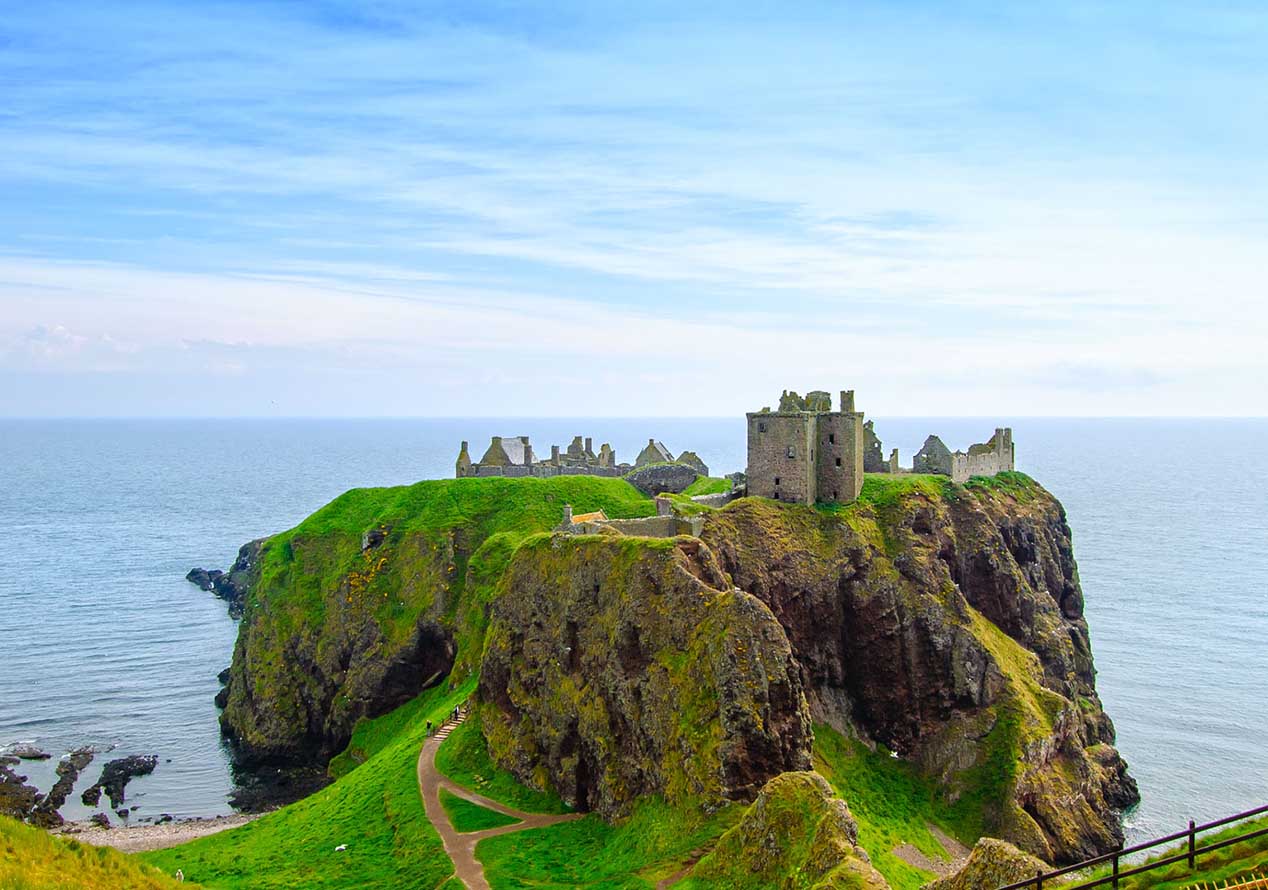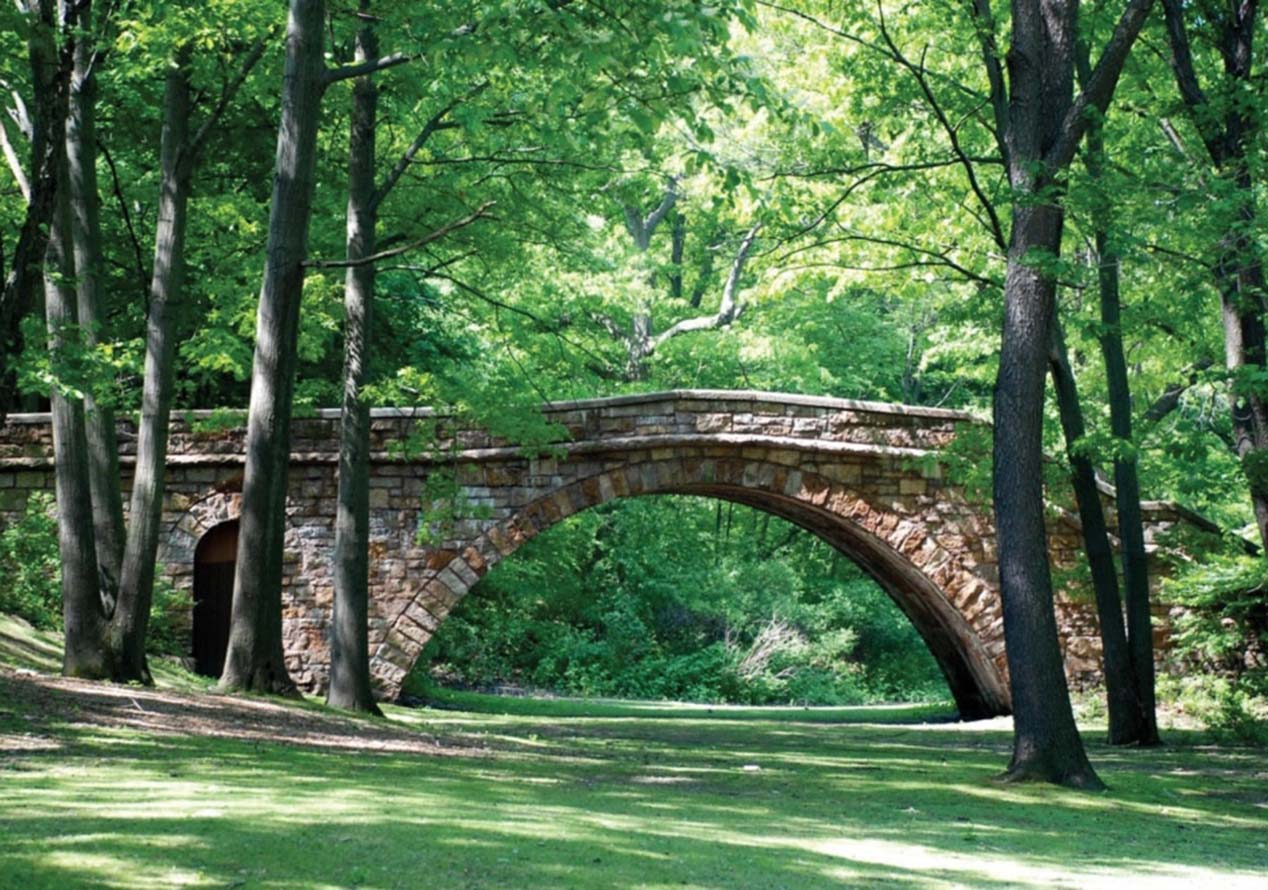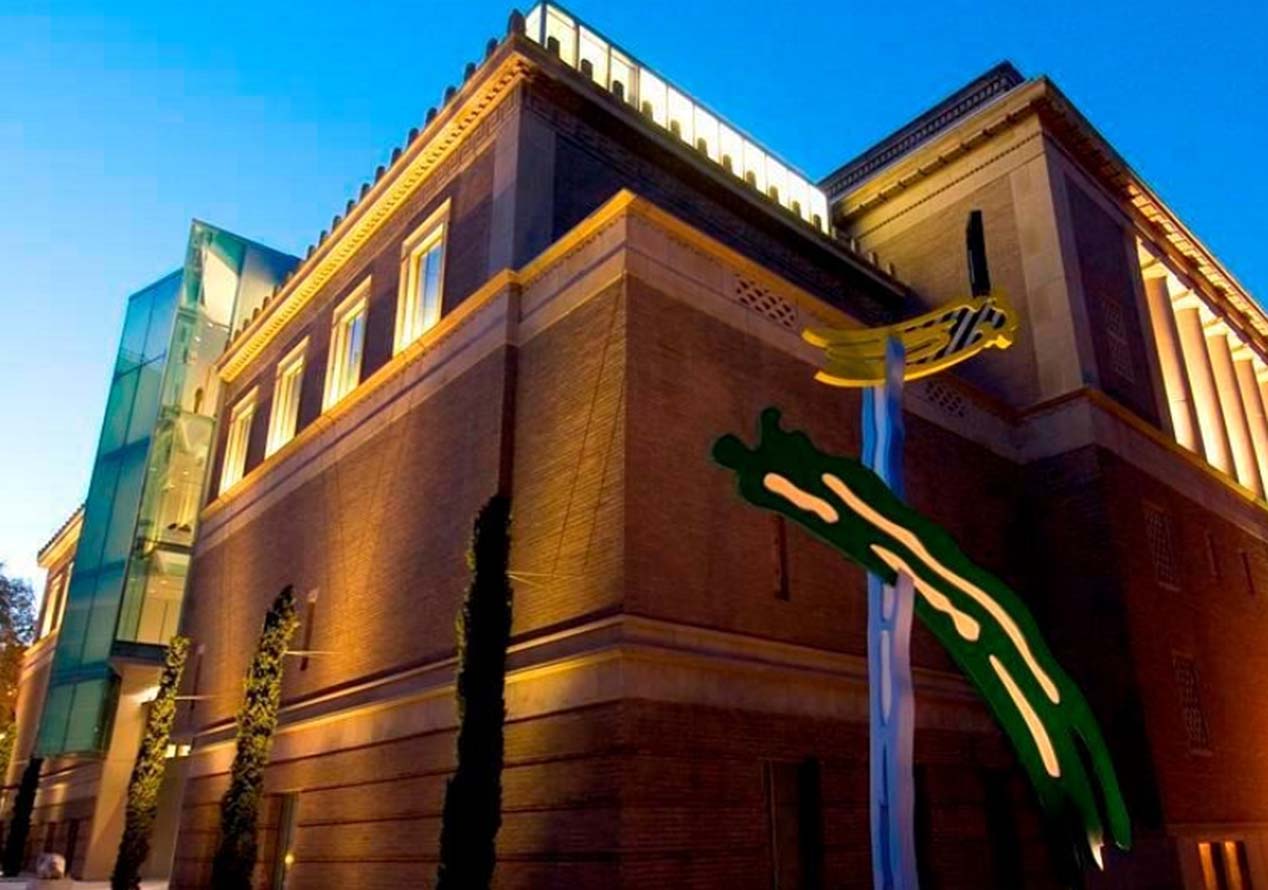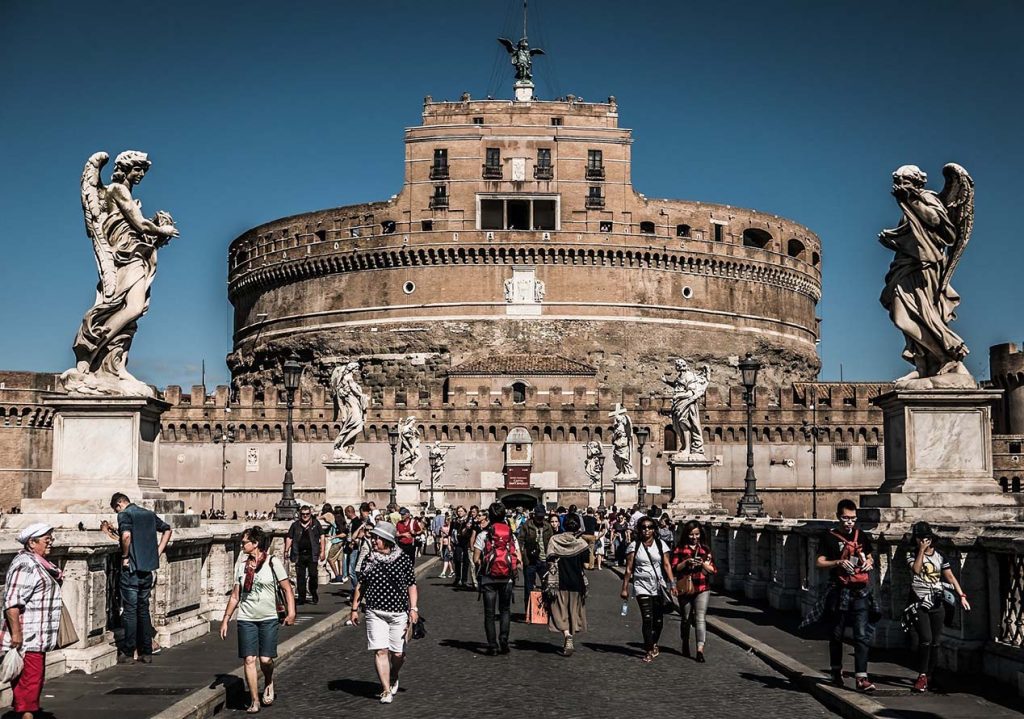1. Arrival by Rail: The Journey Begins
The decision to travel to Aberdeen by train rather than plane or car felt more aligned with the kind of experience I was seeking—a slower, more conscious entry into a place known for its stoic grey granite, bracing North Sea winds, and deep-rooted maritime history. The rail journey from Dundee to Aberdeen is more than just a means of transportation; it offers a series of scenic vignettes across rolling hills, scattered farms, and coastal vistas.
As the train snaked along the eastern edge of Scotland, it was hard not to be struck by the changing light over the North Sea. The windows framed a moving painting, reminding me how travel can be immersive before even reaching the destination. The quiet hum of the electric train reinforced the environmental choice. A diesel car might’ve shaved off an hour or two, but it would’ve come at the cost of missing this peaceful, low-emission transition into the northeast.
Aberdeen’s train station is conveniently placed in the city center, allowing one to step right into the heart of things without the need for a taxi or shuttle. With just a modest backpack, I walked from the platform straight into Union Square, inhaling the crisp air that seemed to sweep directly from the sea.
2. Accommodations with a Conscience
Finding a place to stay in Aberdeen that aligns with eco-conscious values required a bit of research. Eventually, I booked a room at a locally-owned guesthouse that’s been embracing sustainability for years before it became fashionable. Solar panels glint on the slate rooftop, and there’s an organic herb garden in the back courtyard. They’ve swapped out mini toiletries for refillable dispensers, and breakfasts are served with locally sourced ingredients—Aberdeenshire oats, free-range eggs, and bread from a bakery just two streets away.
The owner, a woman in her late fifties with a silver bun and accent thick with Doric lilt, explained how they track their energy use, compost leftovers, and encourage guests to borrow bicycles rather than rent cars. She handed me a simple, functional folding map with key green destinations marked in blue ink.
“Better way to get to ken the city,” she said with a knowing smile. That map would become my compass for the next several days.
3. Walking the Granite Streets: An Urban Hike

Aberdeen rewards walkers. Its compact layout and juxtaposition of old and new architecture make it ideal for on-foot exploration. Paved streets are flanked by buildings that shimmer in the sun due to the high mica content in the local granite. There’s an almost surreal glow to the stone that gives the city an ethereal quality even on overcast days.
I spent an entire morning walking from the city center up to Old Aberdeen. The route passed through cobbled streets, past academic buildings that belong to the University of Aberdeen, and into the tranquil embrace of Seaton Park. Here, bees hummed in flower beds maintained by local volunteers, and I sat on a bench watching two collies chase each other across the grass. The Dee and Don rivers—both integral to Aberdeen’s geography—flow with a certain authority, hinting at centuries of both industry and pastoral calm.
It struck me how much can be experienced simply by walking. No engines, no emissions, just the rhythm of footsteps echoing through narrow alleyways and past stone kirks. Even the act of choosing a restaurant became an extension of this green ethos. I sought out independent spots that use local produce, and there was no shortage of options. That night, dinner was served in a small bistro with vegan haggis and roasted neeps, and the owner personally explained the ingredients’ origins—from a farm less than 30 miles away.
4. Pedaling Along the Coast: Green Travel on Two Wheels
Aberdeen has invested considerably in its cycling infrastructure in recent years. Dedicated bike lanes and clearly marked routes make pedaling a viable and safe way to get around. I borrowed one of the guesthouse’s bicycles—a sturdy hybrid model with a small pannier bag—and set off along the Deeside Way.
This old railway line, converted into a cycling and walking path, winds its way westward into the Aberdeenshire countryside. The air is sharp, but not unpleasant. It carries the scent of earth and pine, tinged occasionally with the briny breath of the sea.
I passed through Duthie Park, where the David Welch Winter Gardens offer a striking contrast to the city’s granite landscape. Here, plants from around the world thrive in glass enclosures powered by green energy. From tropical orchids to desert cacti, the diversity of flora mirrors the multiplicity of ways one can travel responsibly.
Further on, the path skirts the River Dee, and I spotted herons in the shallows. Few things match the stillness of a river at morning. The entire ride—some 12 miles in total—revealed a side of Aberdeen I hadn’t expected: verdant, gentle, and surprisingly quiet.
Lunch that day came from a mobile café stationed along the route, run out of an upcycled horsebox and serving fair-trade coffee, vegan pastries, and biodegradable cutlery. The barista, a bearded man in his thirties wearing a wool flat cap, spoke passionately about reducing plastic waste and how the café uses oat milk from a nearby dairy cooperative.
5. Offshore Wind and Onshore Wisdom
Aberdeen is no stranger to energy. Its skyline includes the corporate towers of oil companies, and the harbor is peppered with vessels that support offshore drilling platforms. But the city is not standing still. Over the past decade, there has been a deliberate pivot toward renewables, and that transition is visible if one knows where to look.
One afternoon, I visited the Aberdeen Science Centre, which has been reimagined as an interactive hub for sustainable innovation. Here, schoolchildren experiment with model turbines, and exhibits detail how wind, wave, and solar power are shaping the future of Scotland’s energy profile. Outside the building, solar panels gleam on the newly refurbished roof, and rainwater harvesting systems are tucked behind planters of native shrubs.
From the upper floor, I caught a view of Aberdeen Bay, where the shimmering silhouettes of offshore wind farms stretch into the horizon. These towering giants represent not just energy, but a form of hope—a commitment to a new way forward, cleaner and more resilient.
6. Green Spaces, Sacred Places
One of the most memorable experiences came on a fog-draped morning when I wandered into Hazlehead Park. This vast public space is not only a patchwork of forest and meadow but also a haven for urban wildlife. Robins dart through the underbrush, and red squirrels—rare in many parts of the UK—can still be seen if one moves quietly enough.
The park includes a rose garden, an art trail, and even a memorial to the Piper Alpha disaster, a solemn reminder of the risks inherent in the oil industry. It’s a place of contrasts: serene, but grounded in memory; open, yet intimate. I spent hours walking the woodland trails, breathing in the scent of pine and wet earth, listening to the soft tapping of rain on leaves.
The entire area is maintained with an ethos of conservation. Signage throughout the park informs visitors about composting, local biodiversity, and the importance of reducing litter. Public bins offer separate compartments for recycling, and volunteers from nearby schools and community groups contribute to its upkeep.
7. The Beach Beyond the City
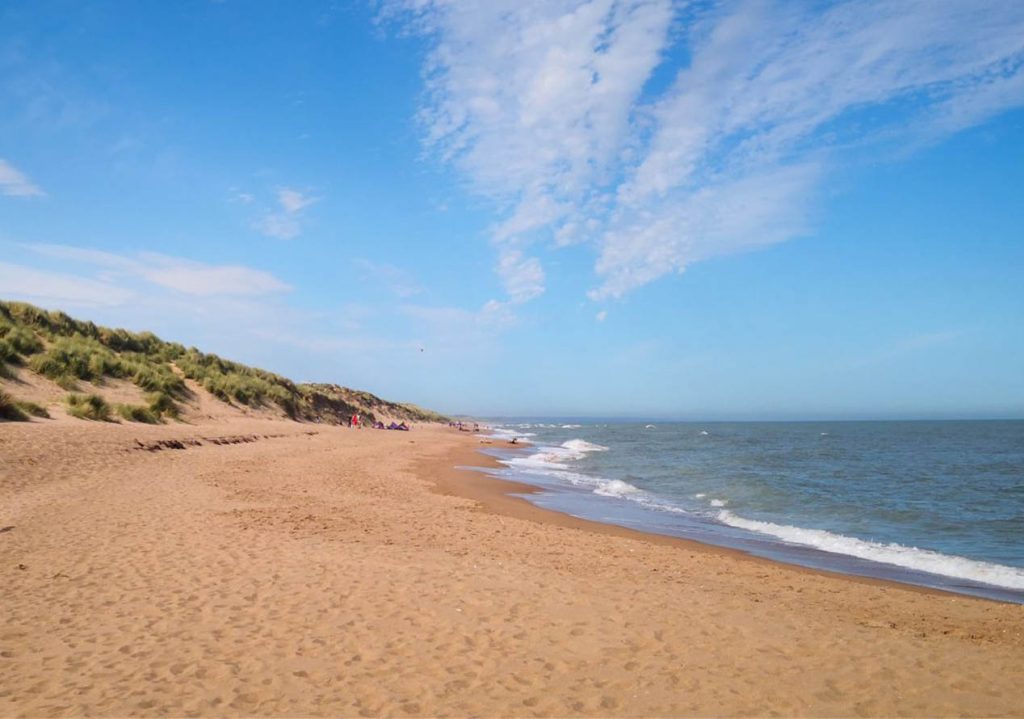
A walk to Aberdeen Beach takes one through Footdee—known locally as “Fittie”—a historic fishing village that has retained its quaint, grid-like layout and humble cottages. The homes here are as much a part of the landscape as the rocks and surf, and many sport small gardens brimming with edible plants and herbs. Solar panels glint from the occasional roof, and bicycles lean casually against low stone walls.
Reaching the beach, I found myself alone save for a few dog walkers and a lone surfer zipping up his wetsuit. The waves rolled in slow, deliberate curls, and the wind tugged at my jacket. It wasn’t a day for swimming, but the air was rich with salt and the promise of clarity.
There’s something cleansing about being at the edge of land. The beach is a Blue Flag-certified site, meaning it meets stringent environmental and quality standards. Litter is rare, thanks in part to community clean-ups and a visible sense of civic pride. I collected a few pebbles, each rounded by time and tide, and tucked them into my pocket—not as souvenirs, but as quiet reminders.
8. Markets and Meals with Meaning
No travel experience is complete without the tastes and smells of local cuisine. Aberdeen’s food scene has been undergoing a green renaissance, with farmer’s markets and zero-waste cafés cropping up throughout the city. On Saturday morning, I visited the Belmont Street market, a bustling affair where stalls offered everything from handmade soaps to foraged mushrooms and organic cheeses.
A vendor selling root vegetables—carrots still dusted with soil, turnips dense and knobby—spoke about his family’s farm and how they’ve switched to permaculture techniques to enrich the soil and reduce runoff. Next to him, a woman was ladling out lentil stew made with nothing but plant-based ingredients and an evident dose of love.
Eating here is an act of participation. Choosing seasonal, local food isn’t just about taste—it’s about respect. The meals reflect the land and the labor behind them. There’s no pretense, just nourishment, and the sense that each bite matters.
9. Libraries, Light, and Local Voices
Aberdeen’s city library—an elegant blend of old stone and modern glass—provides another perspective on green travel. Here, travelers can learn about the city’s environmental initiatives, read works by local authors, and engage with exhibitions on climate change and conservation. Public libraries are often overlooked sanctuaries on the road, but they offer insights no guidebook can match.
Inside, I found a quiet corner by a large window and spent time reading poetry by Nan Shepherd, whose writing on the Cairngorms has reshaped how many see Scotland’s high places. Her reverence for nature, her careful observation of wind and rock and heather, resonates deeply in this city that straddles sea and stone.
Aberdeen invites reflection not only in its landscapes but in its cultural offerings. Green travel here isn’t confined to forests and food; it extends into the arts, into how people tell stories and preserve their heritage while building toward the future.
